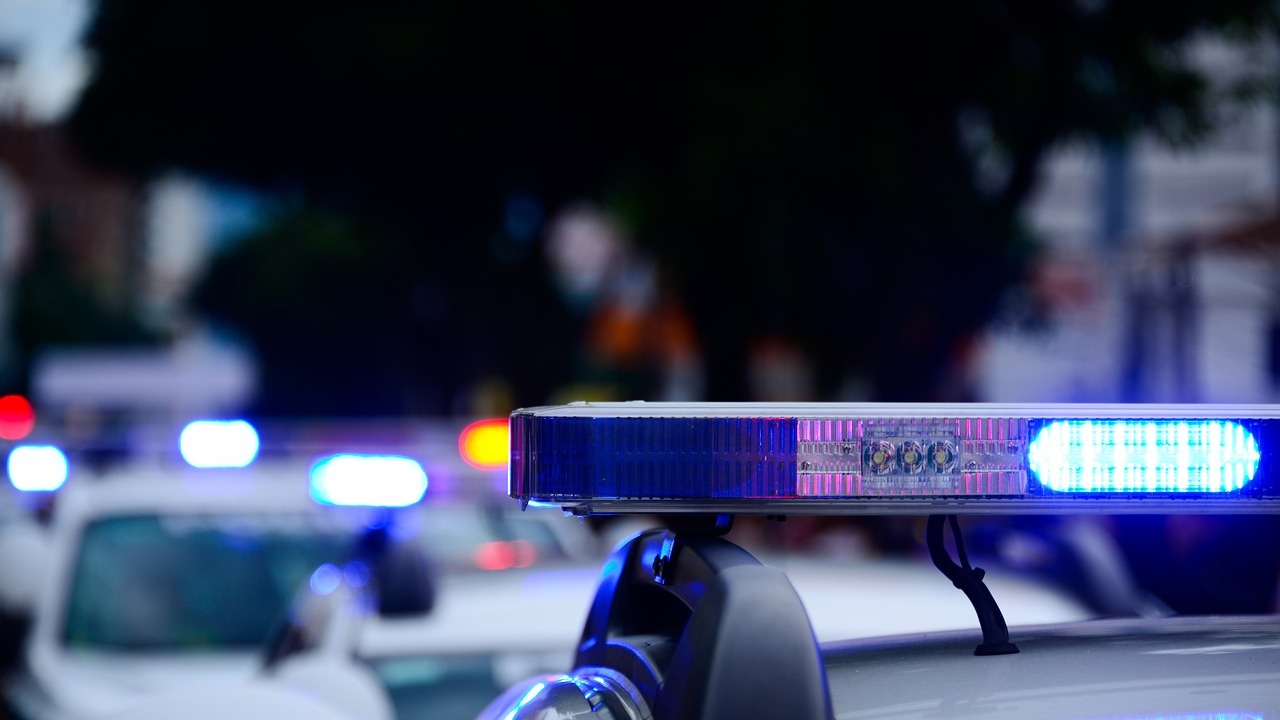The RER arrive from the right and the metros from the left. But how is this done? The answer in this article.
This is a detail that can sometimes intrigue. Whether you are a neophyte or a regular in Parisian public transport, you have no doubt noticed that the RER and the metro do not run in the same direction. The RER arrive from the right and the metros from the left. But how is this done? To understand, you have to go back to the French history of transport.
The direction of circulation of traditional trains in France comes to us from England, the first country to set up a railway system. He decides to adapt the circulation of his trains in the same direction already used for that on the road: on the left lane.
When large gauge railways arrived in France – in the 1830s – the French decided to keep the direction of traffic of their neighbor across the Channel. This left-hand traffic then had the advantage of allowing railway workers to take their head out of the locomotive, on the left side, while carrying out maneuvers with their right hand, without the risk of being potentially hit by a train arriving in the opposite direction.
The RERs are mainly operated by the SNCF. This explains why they run, like traditional trains, on the left side of the track.
The first RER line was the Sceaux line, it was built in the 1930s. It linked Place Denfert-Rochereau to Saint-Rémy-Lès-Chevreuse – on line B of the current RER.
But the metro, which was born in 1900 in Paris, does not run in the same direction. The reason comes from the fact that the City of Paris wanted to show a difference with the traditional rail system. “The City of Paris absolutely did not want railway companies to have fun one day interconnecting their tracks with the Paris metro. So we made the small size that rolled on the right“, explains Didier Janssoone, railway operations engineer and author of “Railroad Operations Manual” published by Dunod (March 2021) and, with André Mignard, by “The History of the Paris Metro for Dummies” at First (June 2017).
It should also be noted that the gauge of the tracks on the metro is the same as that of the trains, even if the gauge of the metro is much smaller than the train. A metro can therefore, technically, run on railway tracks, but the reverse is not possible. “When they arrive from the factories, the new metro trains pass through the classic railway tracks“, concluded Didier Janssoone.
* This article was first published in August 2021.


